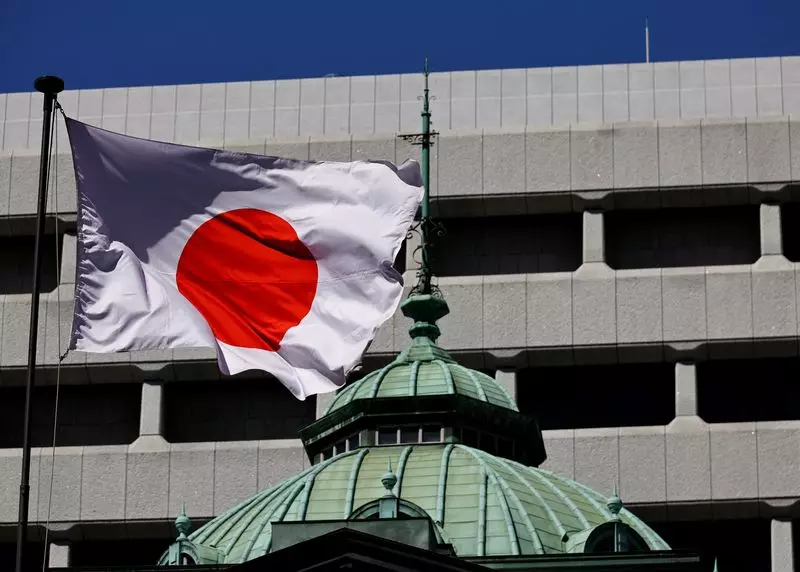The Bank of Japan (BOJ) is currently grappling with a significant policy crossroads. As the financial landscape is shaped by both domestic conditions and international factors, particularly the economic landscape in the United States, BOJ policymakers find themselves in a state of divergence regarding the timing of potential interest rate hikes. A recent summary of opinions from the BOJ’s October meeting revealed substantial differences in viewpoints among the board’s nine members, emphasizing the complexity of the current economic environment.
One of the key factors influencing the BOJ’s decision-making process is the evolving outlook for the U.S. economy, especially in light of the upcoming presidential election. Policymakers expressed caution in their assessments, underscoring the interconnectedness of global markets. As members deliberated on the timing for a potential interest rate increase, they were acutely aware of the volatility realized in markets preceding critical political events, such as the U.S. elections. The mixed messages from international markets reflect the uncertainty that surrounds both economic policies and their implications.
The potential for heightened market volatility captured the attention of BOJ officials who are wary of the repercussions that could follow a significant political shift in the U.S. One member underscored that it is premature to presume that market fluctuations will stabilize, especially since trading behaviors appear to be heavily influenced by speculative sentiment regarding the election’s outcome.
The insight shared by members hinted at a broader concern regarding how external risk factors may dilute domestic monetary policy. A continued weak yen, coupled with the anticipated volatility from U.S. policy decisions—specifically comments from President Trump regarding tariffs—could jeopardize the stability of Japan’s economic recovery. Thus, the BOJ must maintain a vigilant stance and remain agile in responding to shifts in market conditions, reflecting a cautious approach to monetary policy.
Amid this environment of caution, there are those within the BOJ who argue for a more decisive stance on interest rates. They propose that Japan’s economy has evolved to a point where it no longer requires extensive monetary support. A member noted the necessity to clearly communicate the bank’s intentions to raise rates should economic indicators align favorably. This internal debate highlights the delicate balancing act policymakers must perform; the necessity for proactive measures must be weighed against the risk of provoking adverse market reactions.
The concern among doves on the board suggests a fundamental fear that any rate hike could exacerbate volatility, disrupting long-term plans for monetary tightening. This highlighted a critical point: while there exists a collective agreement on raising rates eventually, timing remains contentious. The varying perspectives on interest rate policy underscore the need for the BOJ to navigate these unchartered waters carefully, maintaining equilibrium amidst conflicting pressures.
The discussions around the yen further complicate the BOJ’s considerations. With a weaker yen posing inflationary pressures for Japanese households and smaller firms—especially concerning rising import costs for essential goods—decisions regarding interest rates become intrinsically linked to currency stability. The negative implications of a weaker yen manifest in escalating prices, compelling the BOJ to reconsider its monetary strategies in light of potential economic backlash.
As of late October, the USD/JPY exchange rate remained in flux, affected by speculations concerning intervention by Japanese authorities. Reports show that many analysts predict that while the BOJ may refrain from immediate rate increases, by the end of March, a shift towards raising rates could become more palpable.
The BOJ’s current deliberations encapsulate a myriad of concerns enveloping monetary policy management. As the institution strives to recalibrate its stance in alignment with both domestic economic performance and international developments, the careful crafting of communication and strategy will be vital. As uncertainty prevails, the BOJ must ensure its decisions support stability, thereby fostering a climate conducive to sustained economic growth. By tactfully weighing the diverse opinions within its ranks, the BOJ can navigate the complexities of interest rates and market volatility more effectively in the months to come.

